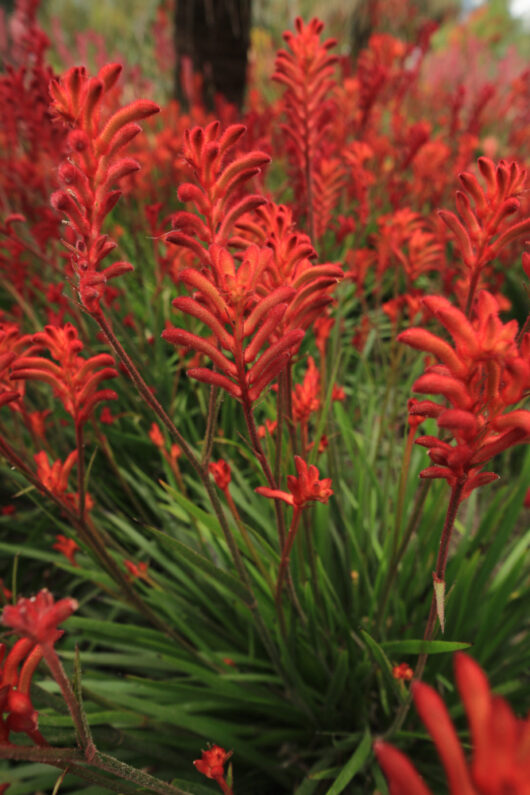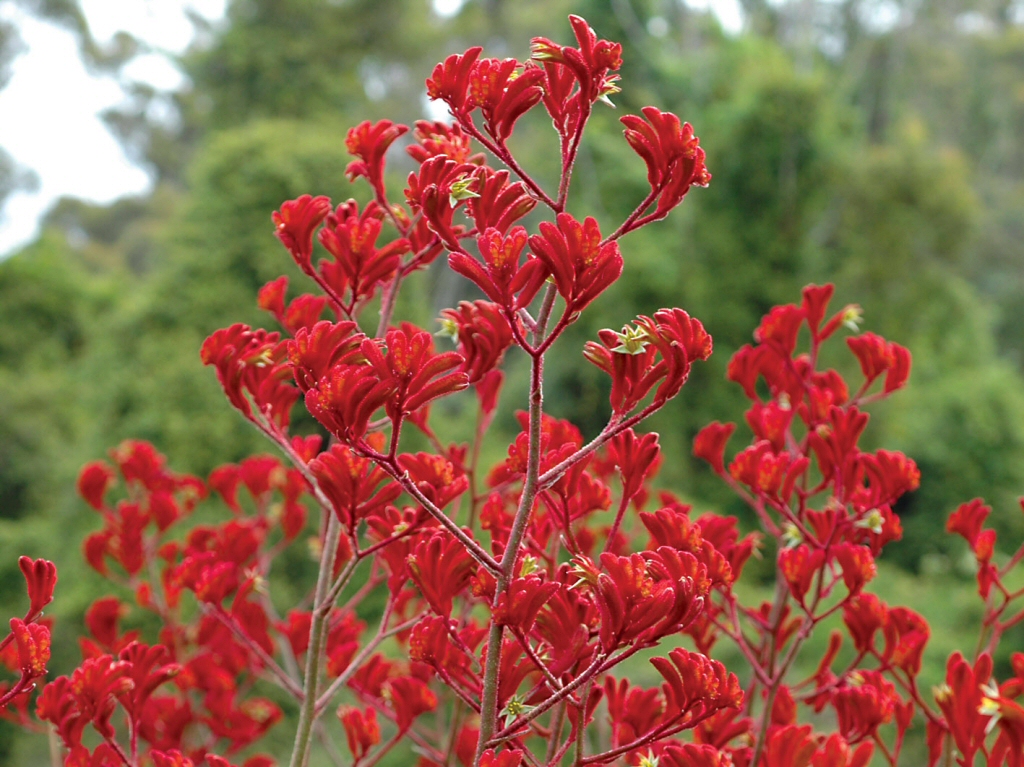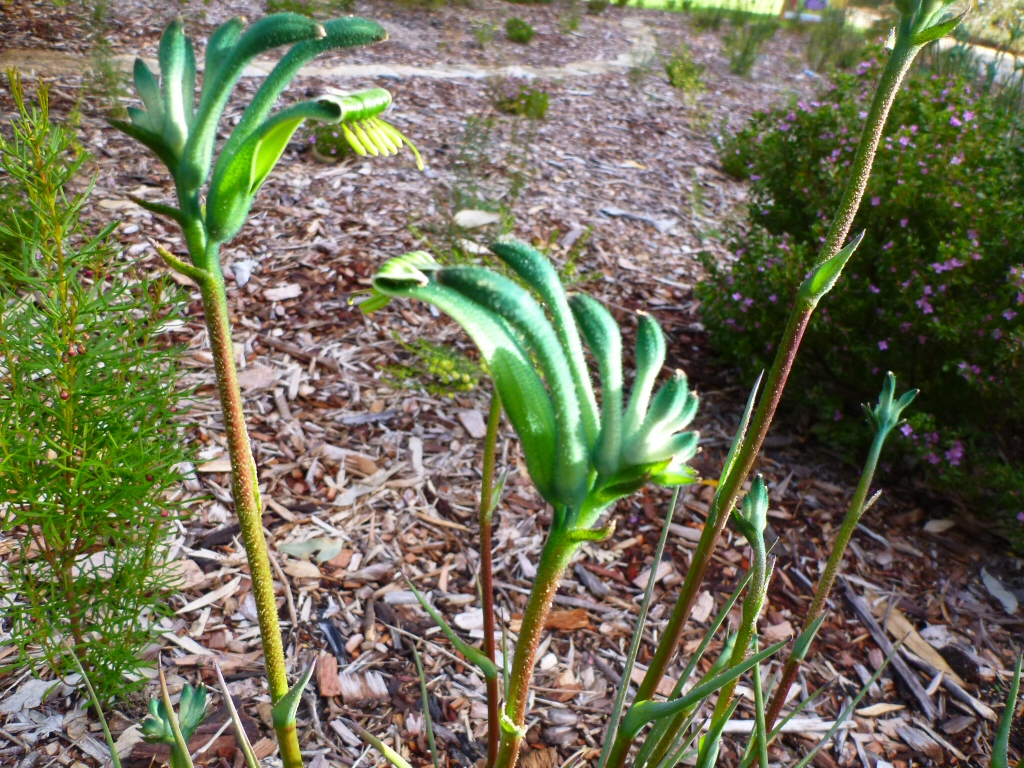Kangaroo Paws and the Wind: A Guide to Anigozanthos Wind Tolerance
Kangaroo Paws and the Wind: A Guide to Anigozanthos Wind Tolerance

The Anigozanthos, commonly known as the Kangaroo Paw, is a striking and unique Australian native plant. Its velvety, claw-like flowers come in a range of vibrant colors, adding a touch of exotic beauty to any garden. However, like many plants, the Kangaroo Paw has its own set of preferences, and wind tolerance is one of them.
This article will delve into the world of Anigozanthos and wind, providing you with all the information you need to ensure your Kangaroo Paws thrive even in exposed locations.
Related Articles: Kangaroo Paws and the Wind: A Guide to Anigozanthos Wind Tolerance
- Unveiling The Land Of The Palawa: A Journey Through Tasmania’s Indigenous Heritage
- A Taste Of Paradise: Exploring The Vibrant World Of Australian Fruits
- A Taste Of Paradise: Exploring The Diverse And Delicious Fruits Of Australia
- A Deeply Woven Tapestry: How Aboriginal Peoples’ Relationship With The Land Ensured Economic Survival
- Leaping Through Time: The Enduring Significance Of Kangaroos In Aboriginal Art
Understanding Anigozanthos and Wind
Anigozanthos are generally considered to be moderately wind-tolerant plants. While they can withstand some wind, excessive exposure can lead to damage, especially to the delicate flower stalks and leaves.
Factors Affecting Wind Tolerance
Several factors influence how well an Anigozanthos can withstand wind:
- Species: Different Anigozanthos species have varying levels of wind tolerance. Some, like Anigozanthos flavidus (Yellow Kangaroo Paw), are known to be more resilient than others.
- Growth Habit: Bushy, compact varieties tend to be more wind-resistant than tall, upright ones.
- Age and Health: Mature, established plants with strong root systems are better able to withstand wind than young, newly planted ones.
- Location: The wind’s strength and direction are crucial factors. A sheltered location will naturally provide more protection than an exposed one.
- Soil Conditions: Well-drained soil helps roots anchor the plant firmly, improving wind resistance.
- Pruning: Regular pruning can help maintain a compact shape, reducing the surface area exposed to wind.

Signs of Wind Damage

If your Anigozanthos is experiencing excessive wind, you may notice these signs:
- Broken or bent flower stalks: The delicate flower stalks are particularly vulnerable to wind damage.
- Torn or shredded leaves: Wind can tear and shred leaves, especially if they are thin and delicate.
- Stunted growth: Constant wind stress can hinder plant growth and development.
- Root damage: Strong winds can loosen the soil around the roots, leading to instability and potential damage.

Protecting Your Anigozanthos from Wind
Here are some tips to help your Kangaroo Paws thrive in windy conditions:
- Choose the right location: Select a spot that offers some natural protection from wind, such as a sheltered corner of your garden or near a wall or fence.
- Plant in well-drained soil: This will help the roots anchor firmly, improving wind resistance.
- Mulch around the base: A layer of mulch will help retain moisture and protect the roots from wind erosion.
- Use windbreaks: Consider planting windbreak trees or shrubs around your Kangaroo Paws to create a buffer against strong winds.
- Stake tall varieties: Support tall Anigozanthos with stakes or trellises to prevent them from being blown over.
- Prune regularly: Keep your Kangaroo Paws pruned and compact to minimize wind damage.
- Avoid planting in exposed areas: If you live in a very windy region, consider growing Anigozanthos in containers that can be moved to sheltered locations during periods of strong wind.
Specific Tips for Different Anigozanthos Species
- Anigozanthos flavidus (Yellow Kangaroo Paw): This species is known for its relatively good wind tolerance.
- Anigozanthos manglesii (Red Kangaroo Paw): This species is more susceptible to wind damage, especially in its early stages of growth.
- Anigozanthos humilis (Dwarf Kangaroo Paw): This compact variety is generally more wind-tolerant than taller species.
FAQ about Anigozanthos Wind Tolerance
Q: Can I grow Anigozanthos in a coastal garden?
A: While Anigozanthos can tolerate some salt spray, it’s best to plant them in a location that is protected from the harshest winds and salt spray. Coastal gardens often have high wind exposure, so it’s essential to provide extra protection for your Kangaroo Paws.
Q: What is the best way to protect Anigozanthos from wind during a storm?
A: During a storm, it’s best to move your Anigozanthos to a sheltered location, such as a garage or shed. If this isn’t possible, you can try to cover them with a tarp or sheet to minimize wind damage.
Q: What should I do if my Anigozanthos is damaged by wind?
A: If your Kangaroo Paws have been damaged by wind, prune away any broken or damaged stems and leaves. You can also fertilize the plant to help it recover.
Q: Is there anything I can do to increase my Anigozanthos wind tolerance?
A: Yes, there are several things you can do to increase wind tolerance. These include choosing a sheltered location, planting in well-drained soil, mulching around the base, and pruning regularly.
Conclusion
While Anigozanthos are generally considered to be moderately wind-tolerant, it’s crucial to understand their limitations and take steps to protect them from excessive wind exposure. By following the tips outlined in this article, you can ensure that your Kangaroo Paws thrive and bring their unique beauty to your garden for years to come.
**

Closure
Thus, we hope this article has provided valuable insights into Kangaroo Paws and the Wind: A Guide to Anigozanthos Wind Tolerance. We appreciate your attention to our article. See you in our next article!


